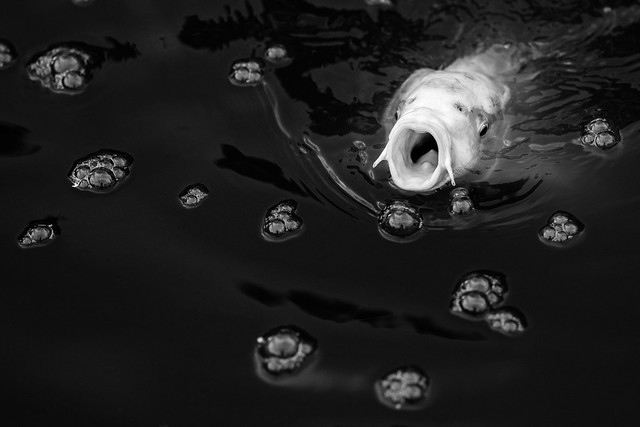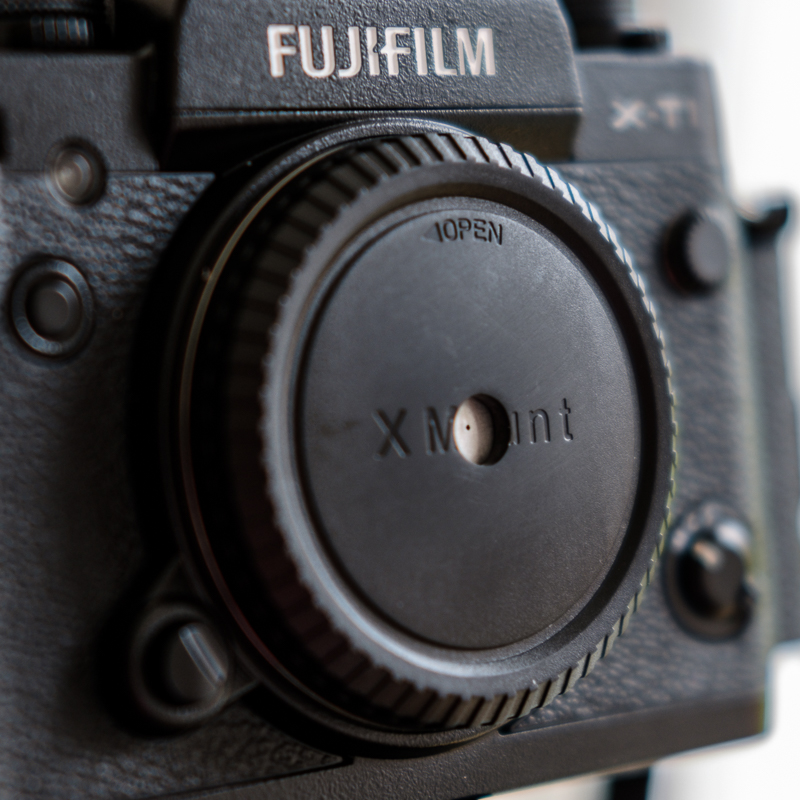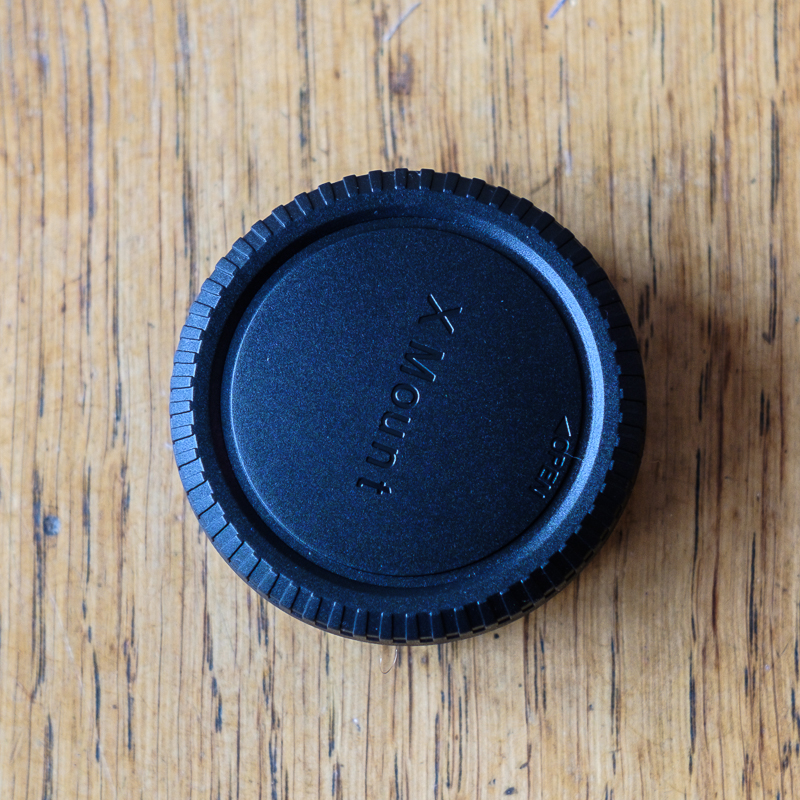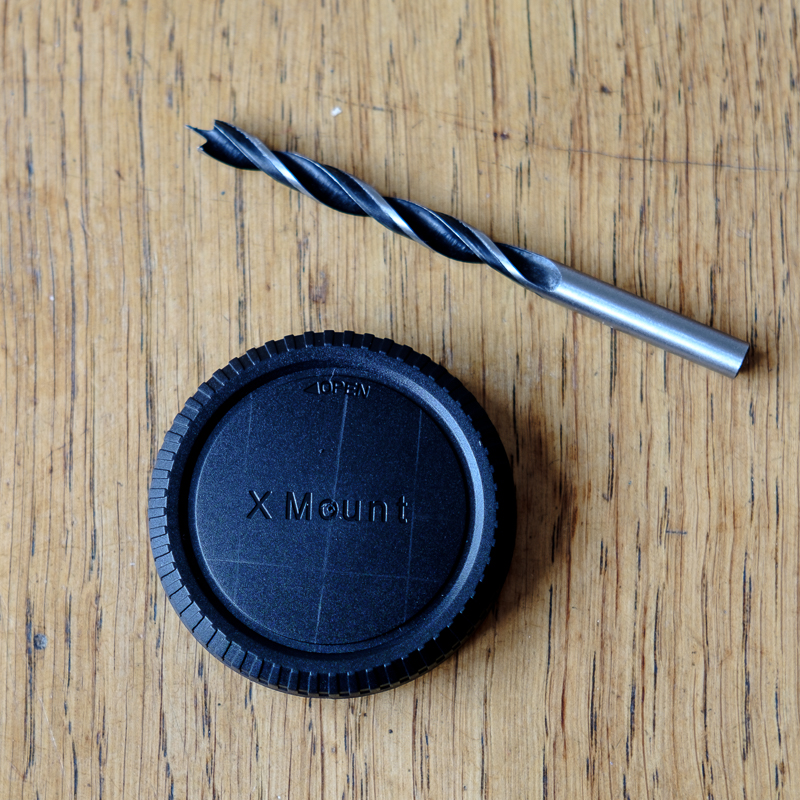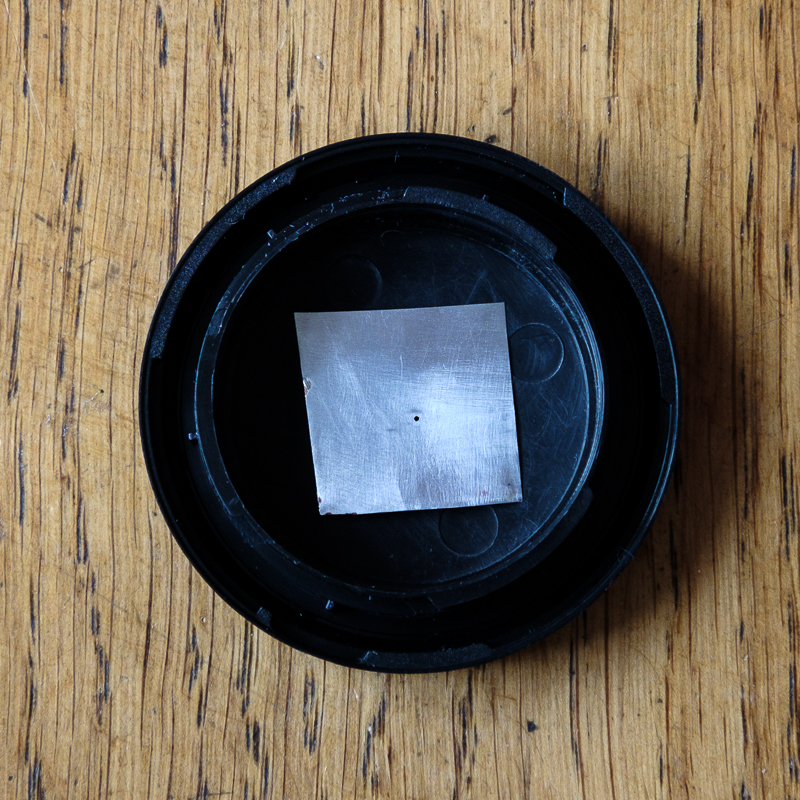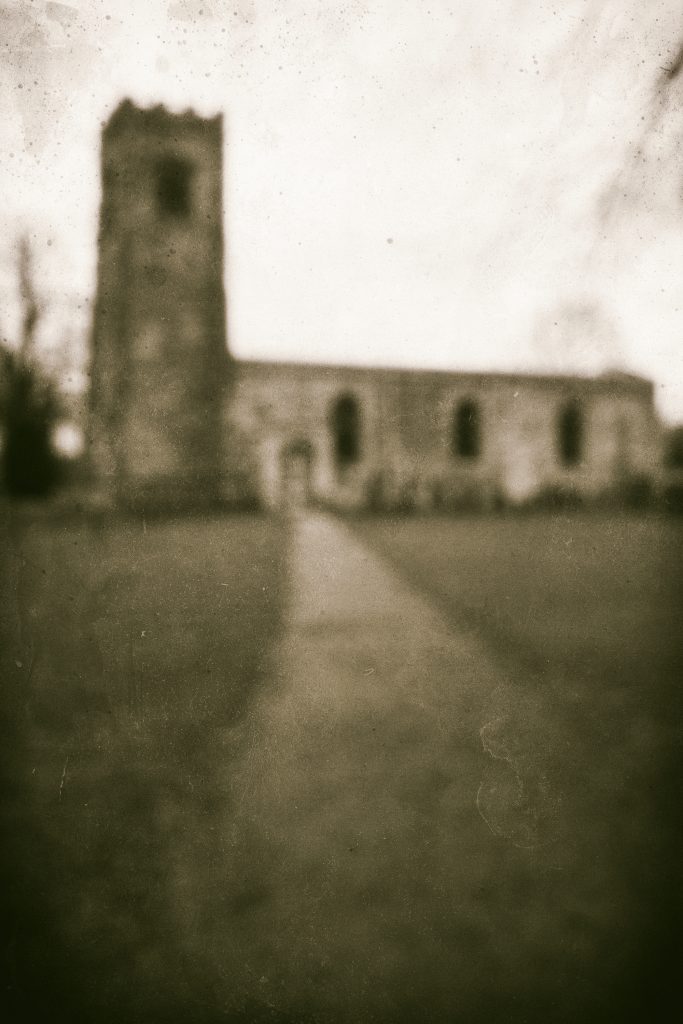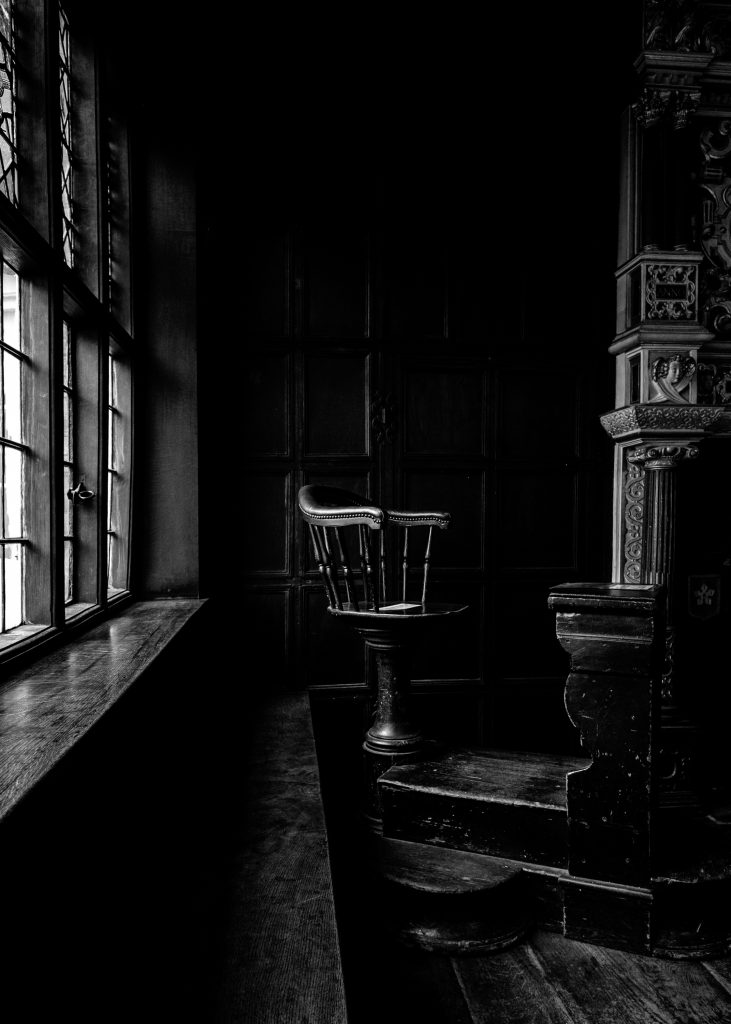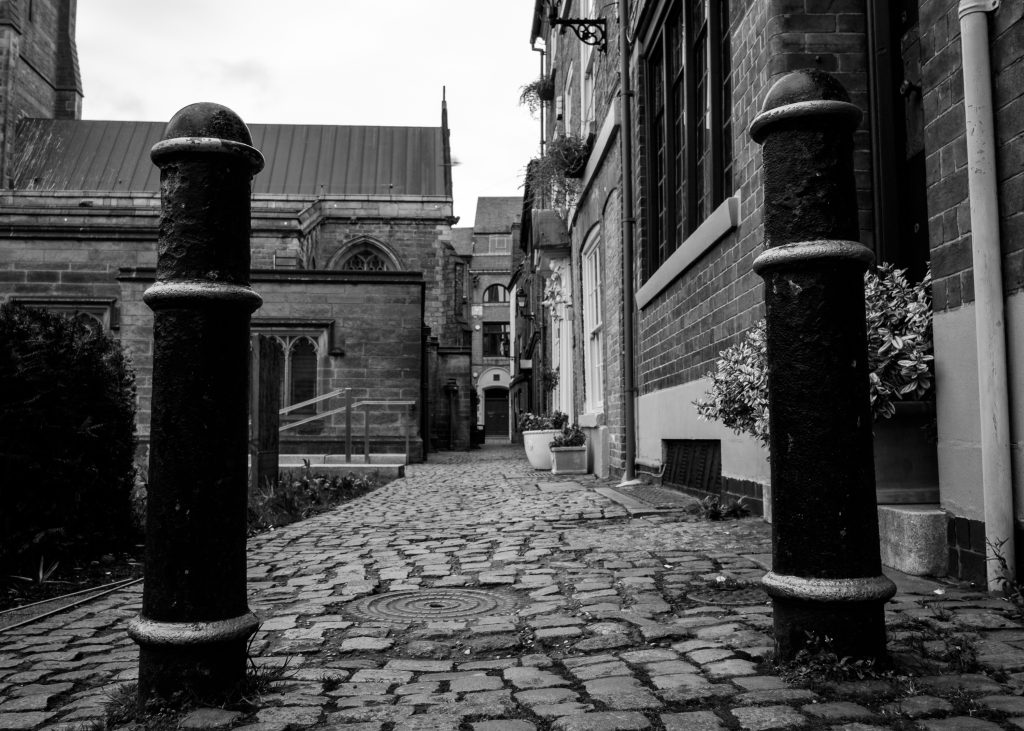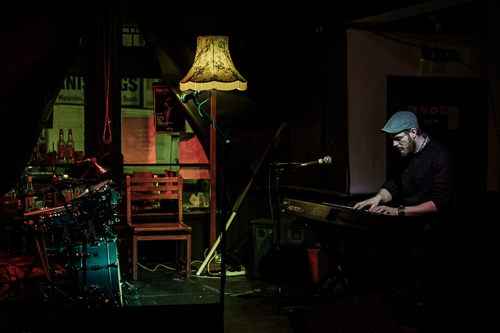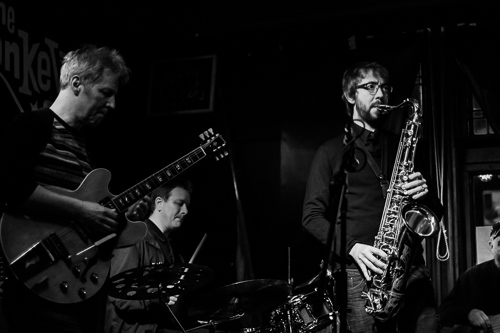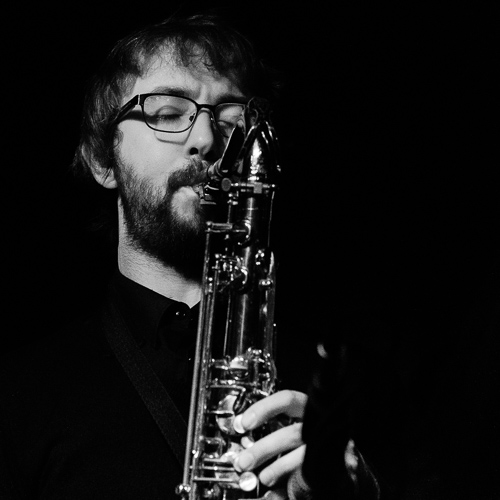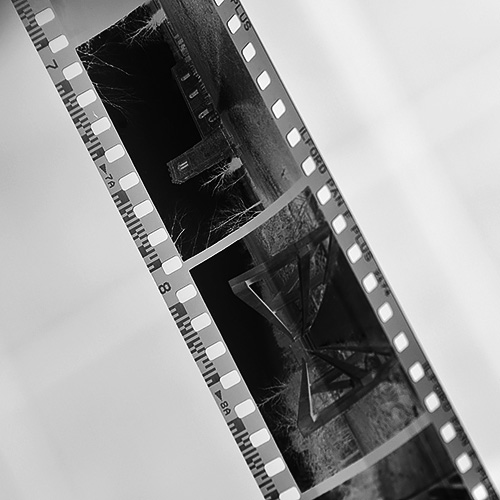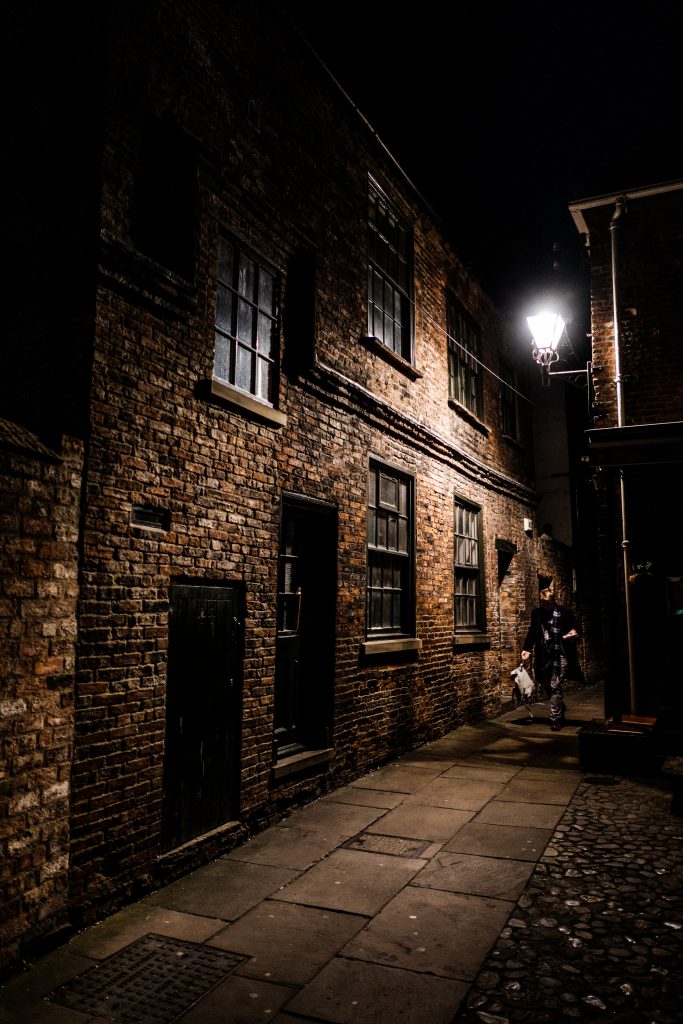
Following my previous post here I realised that I hadn’t posted anything since September and that towards the end of the post I said that I needed to get out and shoot more.
It’s not that I haven’t been getting out to shoot at all, more that I’ve not been particularly excited by my results. Much of the time it’s the same old places that I’ve visited how many times before and I’m finding nothing new to see, not feeling inspired.
Also maybe I just need to blog about my photography more, even if I’m not doing anything fantastic.
I’ve been a paying member of Flickr for a very long time now and I barely use it these days. Every now and again I realise that I’ve not uploaded any photos there for a while so I add a few but I increasingly wonder why. I find it’s rare that I obtain any kind of useful feedback there. Maybe it would be better to put extra effort into my blogging instead? As a case in point I recently once again had a photo featured in “Explore” and the views and favourites went ballistic on that photo for a couple of days. I really don’t know why. It was one of my regular shots of my favourite angel at Welford Road Cemetery. I’ve taken an awful lot of very similar shots and I would also say an awful lot of much better shots, so why this one? It really wasn’t anything special (below).
I did enjoy a few days in York during November and in particular was drawn to shooting the narrow lanes and alleys after dark. I felt these scenes were quite striking when the cobbles were wet, reflecting more light into the street. I think I need to do more night time street photography.
I also spent quite a bit of time messing around with long exposures during the autumn but I’ve yet to shoot anything that I’m particularly pleased with. I think I still have a lot to learn about which scenes make the most compelling long exposures.
After not shooting with my Canon kit for a good 18 months to two years I have tried to take it out and about with me recently. On the whole I found it a reminder of why I’d not really used it for so long. Yes, it’s bigger and heavier than my Fuji kit but there are other aspects which make me prefer shooting with the Fuji bodies. Shooting with a DSLR again I found that I really missed the “live preview” of the Fuji viewfinder. Yes, I know I could pop the DSLR into “live view” but I generally don’t like composing a photo on the screen (sometimes I will use that method if the camera is on a tripod, but never hand held). Having a live view of the final exposure is something I’ve got very used to and I think it’s particularly useful when shooting under more tricky lighting conditions.
And that is about where I am with my photography as we head into 2018. I want to play more with long exposures and I want to spend more time shooting with a single body and lens. During my recent trip to York the Fujinon 18mm was pretty well a permanent feature on my X-Pro2 and I think I enjoyed myself all the more as I wasn’t always thinking about which lens to use.

